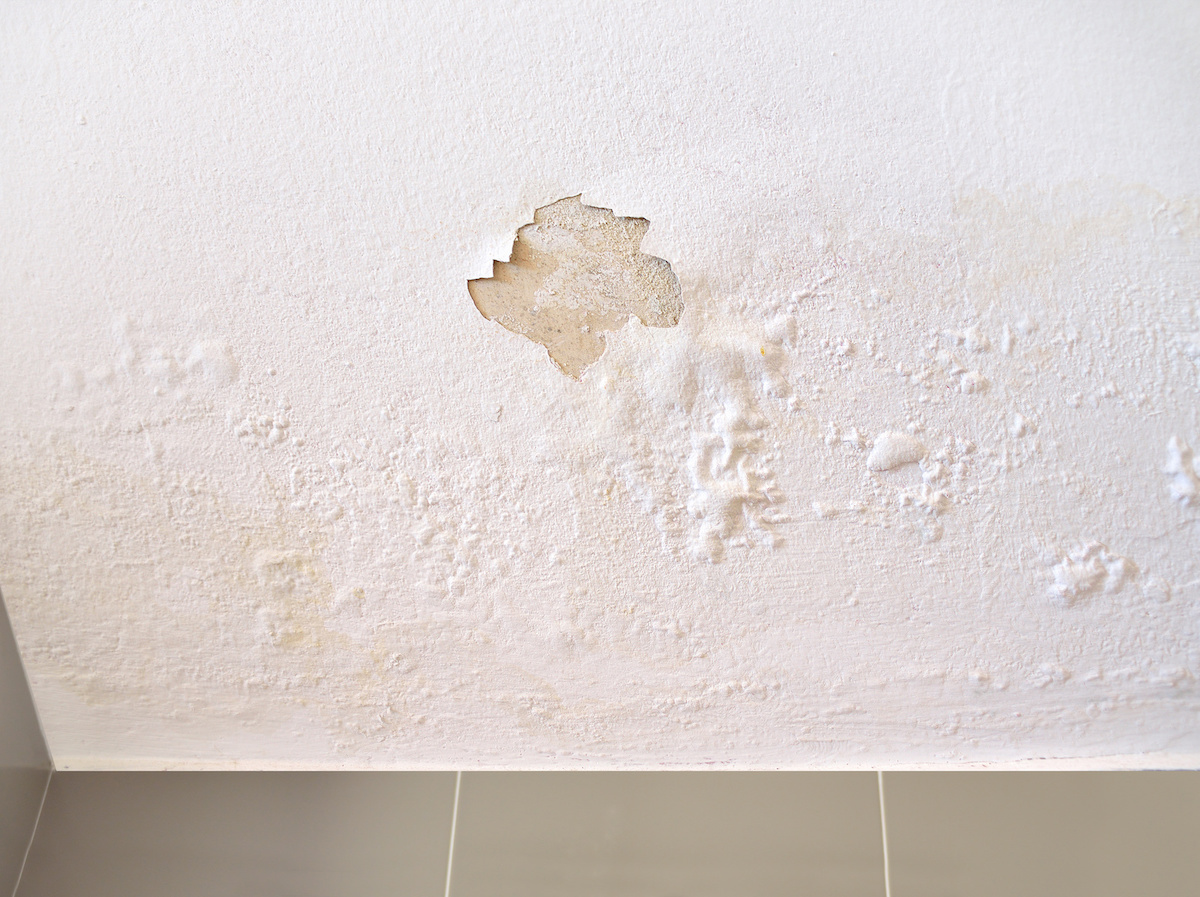Ways to Repair a Water-Damaged Wall in the Bathroom
Ways to Repair a Water-Damaged Wall in the Bathroom
Blog Article
Just how do you actually feel on the subject of How to Fix a Water Damage Bathroom?

The washroom is very vulnerable for damp accumulation as well as potential water damages due to the regular use water in it. This short article supplies basic inspection methods to aid spotting water damages hazards.
The frequent use water in the restroom makes it very vulnerable for damp buildup and possible water damage. By examining it consistently, you can decrease water associated problems.
The complying with collection of inspections is simple to execute and must be done when in every 3 months in order to keep your washroom in good shape and also to prevent prospective water damages triggered by the bath tub, the shower, pipe joints as well as plumbing, sinks, cabinets, as well as the commode
Do not overlook doing these inspections as well as be complete while performing them. Bear in mind that these straightforward evaluations can conserve you a great deal of money by supplying very early indications for water damages
Bath tub and Shower
The shower as well as bath tub require special focus and also maintenance. Inspect the floor tiles and replace if split. Make sure that there is no missing grout in between the floor tiles. Inspect as well as replace split caulking at joints where the wall surfaces meet the floor or the bath tub. Clogged drains pipes and pipes issues will avoid the tub from drying out and also may show serious problems below the tub. Talk to a specialist promptly to stop structural damage. Take note of discolorations or soft areas around the tub wall surfaces as they might show an inner leakage.
Plumbing
Signs for water damages are hard to spot because a lot of pipes are installed inside the walls.
Pay special interest to flooring as well as walls wetness as well as spots as they may suggest an undetectable plumbing issue. Inspect wetness levels in adjoining spaces also.
Sinks as well as Cabinets
Sinks and cabinets are exposed to dampness and also moisture everyday as well as are typically ignored. Examine regularly under the sink and on the kitchen counter over it. Fix any type of drip in the trap as it may suggest drainpipe troubles. Browse the sink, sluggish draining pipes may indicate an obstructed drainpipe. Change sink seals if they are broken or loose.
The Toilet
The commode is an at risk water joint. Inspect the water lines and search for leakages around the commode seat, in the pipe, and under the water tank. If you identify any kind of indications of wetness on the floor around the commode, look for leaks in the toilet rim and also storage tank seals.
Understand that hanging toilet dish deodorants enhances the opportunities for obstructions.
TIPS TO PREVENT WATER DAMAGE IN THE BATHROOM
The average household uses approximately 80-100 gallons of water per person per day. For a family of 4, that's almost 2,500 gallons of water a week! The largest portion of this consumption comes from bathroom use. Flushing the toilet uses the most water, followed by taking a shower or bath. With that much water running through the home, water damage in the bathroom is bound to happen. Knowing how to spot signs of a water leak is essential to preventing long-term damage. This guide provides you with tips to reduce the impact of water damage on your bathroom.
CAUSES OF BATHROOM WATER DAMAGE
Pipe breaks are the most common cause of water damage we see in our daily jobs. The age of a pipe plays a large role in a pipe break as well as corrosion. Over time, the metal begins to break down, allowing water to escape. Frozen pipe breaks are also a concern in the winter months. Toilet overflows caused by paper products or children flushing inappropriate items. Degraded caulking around the toilet or bathtub can allow water seepage, sometimes behind the fixture, into the subfloor or walls. Condensation forms when the water in a pipe is cooler than the air temperature. Beads of water form on the exterior of the pipes, sometimes so much so that the water begins to drip and pool below. Sink or shower backups created by poor drainage. HOW TO PREVENT WATER DAMAGE IN YOUR BATHROOM
Inspect your toilet supply line for worn or frayed hoses and replace them as needed. Winterize your plumbing to prevent a frozen pipe break. Use vent fans to prevent condensation that can lead to mold growth. Routinely check and replace degraded caulking around your toilet or bathtub. Increase the temperature in your toilet tank and insulate your pipes during the warm summer months to keep condensation from forming. Use child safety locks on the toilets. Flush only toilet paper. "Flushable" wet wipes are actually not good for your plumbing system. Additionally, feminine hygiene products should not be flushed. Prevent water from escaping the tub or shower. Make sure shower curtains are in good condition. Inspect shower doors and replace the seal strip if necessary. Wipe up any water that accumulates on the floor and use bath mats. Water left to sit can cause damage to the tiles and flooring. Refrain from using bath products containing heavy oils to avoid a clogged drain.

I'm just very drawn to How to Fix a Water Damage Bathroom and I really hope you appreciated our blog entry. Liked our write-up? Please share it. Help another person check it out. I am grateful for your time. Come back soon.
Go Company Report this page